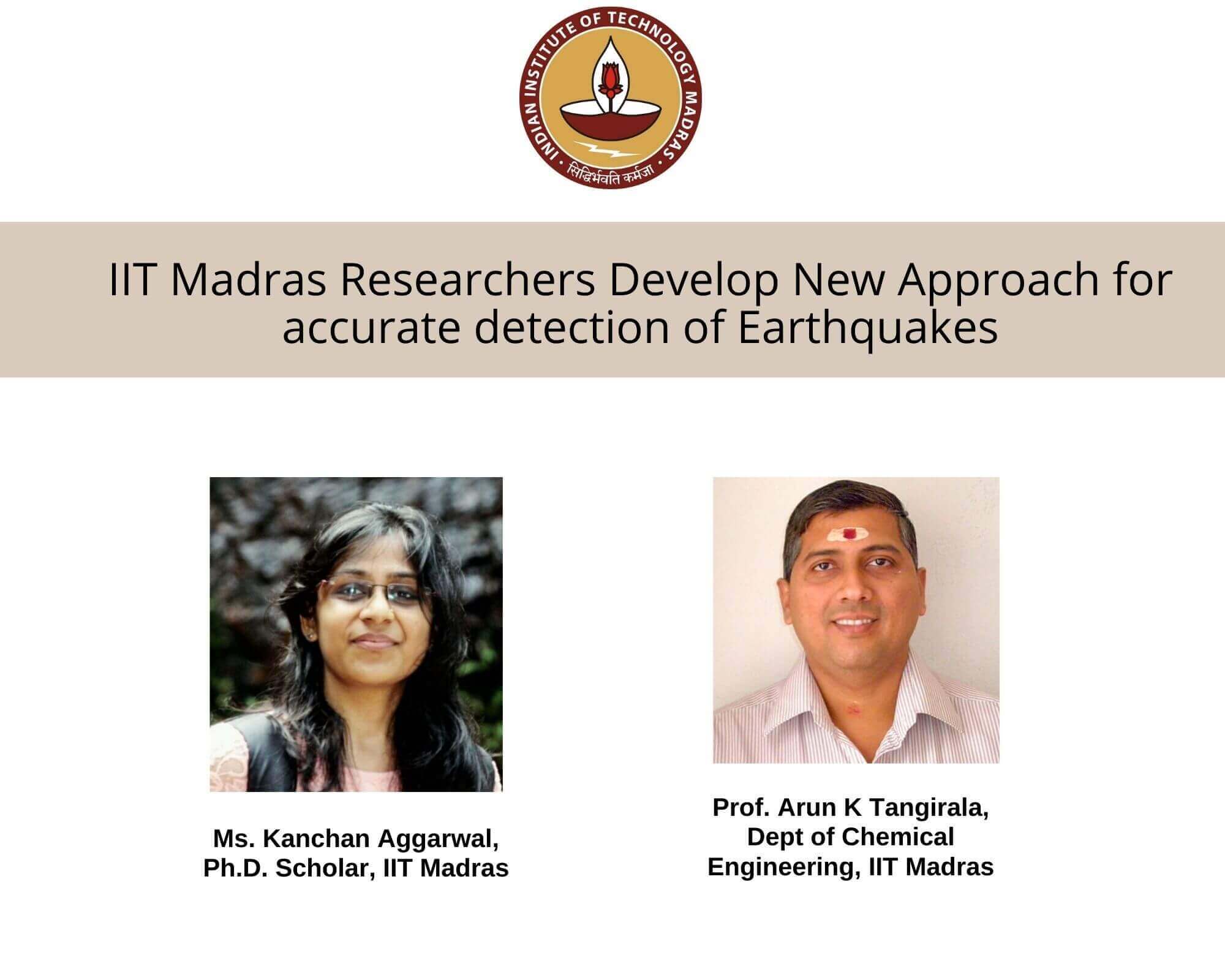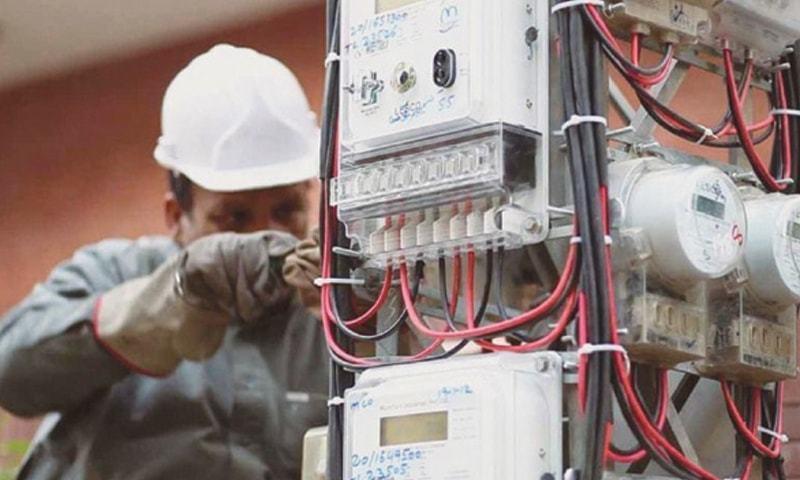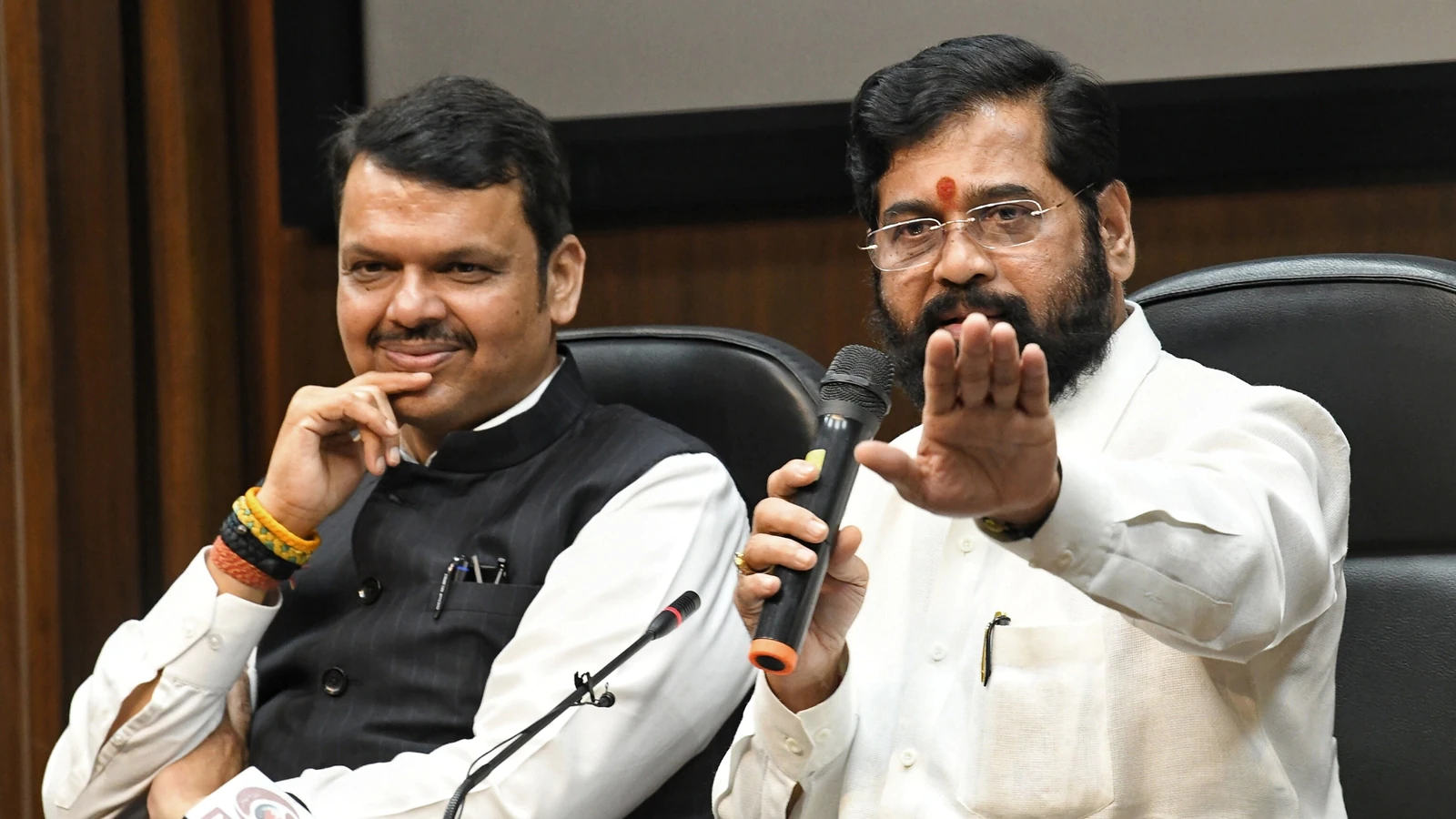A lead time of even 30 seconds – 2 minutes, though appearing small, is sufficient to shut down nuclear reactors, transportations such as metros, to stop elevators in high-rise buildings, saving countless lives
Indian Institute of Technology Madras Researchers have developed a new approach for accurate detection of earthquakes. The proposed solution results in accurate detection and picking of the first waves in earthquake signals, which provide a small lead time and enable measures to save lives.
An estimate of accurate time of arrival of non-destructive waves of earthquakes would not only help in developing a robust Early Warning System but also gives a lead time of approximately 30 seconds to 2 minutes (range may vary primarily depending on the distance of epicentre location from the monitoring site or plant) till the destructive surface waves hit the ground.

This lead time, though appearing small, is sufficient to shut down the nuclear reactors, transportation such as metro and to park the elevators in high rise building at the nearest floor, among numerous other measures that can save countless lives.
This research was undertaken by Ms. Kanchan Aggarwal (First Author), PhD Scholar, IIT Madras, under the guidance of Prof. Arun K Tangirala, Department of Chemical Engineering, IIT Madras. The findings of their research were published in the reputed peer-reviewed open access scientific journal PLOS ONE.
Prof. Arun Tangirala is an expert in time-series analysis, multi-scale analysis of signals, system identification and estimation theory, among other areas. The research was partially funded by Board of Research in Nuclear Sciences, an advisory body of the Department of Atomic Energy.
Highlighting the practical applications of this Research and how it can be taken to the field, Prof. Arun K Tangirala, Department of Chemical Engineering, IIT Madras, said, “The proposed framework is not necessarily limited to the detection of seismic events but is generic and can be used for fault detection and isolation in other domains as well. Furthermore, the framework can incorporate any predictive models including the Machine Learning and Deep Learning models, which will reduce the human intervention in the detection.”
Highlighting the unique aspects of this research, Ms. Kanchan Aggarwal, Ph.D. Scholar, IIT Madras, said, “Information of P-wave arrival is crucial in determining other source parameters of the event such as magnitude, depth and epicentre location. Therefore, a solution to the P-wave detection problem that is robust, accurate and precise is essential in order to estimate the event details correctly and to reduce the damage caused by the earthquake or other triggered events.”
The proposed approach brings a diverse set of capabilities in accurately detecting and the P-wave onset, especially in low signal-to-noise ratio (SNR) conditions that all the existing methods fail to attain.
The unique aspects of this novel solution approach as compared with the existing approaches are that it:
- is commensurate with the noise characteristics resulting in minimal sensitivity to outliers or robust detection,
- offers a more flexible frequency band selection, by decomposing both lower and higher frequencies in each level, resulting in accurate detection, and
- it allows the user to discard the noise in undesired time-frequency bands resulting in improved SNR. Thereby resulting in accurate picking of P-wave onset.
This work proposes a novel real-time automatic P-wave detector and picker in the prediction framework with a time-frequency localization feature. The proposed solution approach is not necessarily limited to the detection of seismic events but is rather generic in that it can be used for fault detection in other domains as well.
Another positive offshoot of the proposed framework is that it facilitates P-wave reconstruction once it has been detected. This aspect has not been explored by peers.
The ground is continuously at unrest mainly due to waves in the ocean, changes in the earth’s crust, atmospheric variations and human activities. Seismic signals can be generated from either natural (earthquakes, volcanic eruptions, tsunami, etc) or man-made (heavy traffic, nuclear explosions, mining activities, etc) sources. Regardless of the source, all seismic events release energy proportional to their scale.
This released energy moves out in all directions as a wave and is recorded as a seismic signal by a seismometer. Seismograms are recordings of ground vibratory motion obtained from a seismometer.
Analysis of these seismograms is vital to understanding earth’s activity and in setting up early warning systems for earthquakes, determining the source locations and detecting the source of other seismic events. Detecting or predicting the damaging part of an earthquake holds great value in protecting lives and preventing loss of property.














